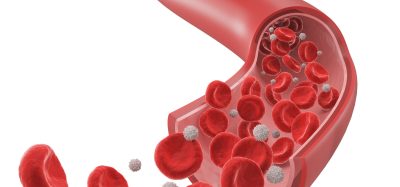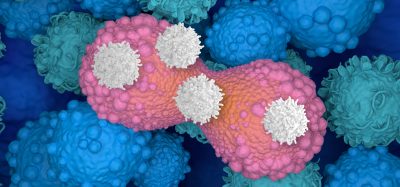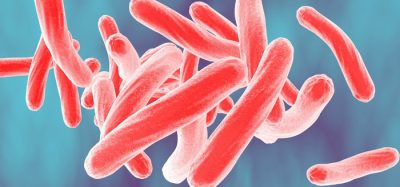Potential probiotic treatment identified for type 2 diabetes
Posted: 5 January 2021 | Victoria Rees (Drug Target Review) | No comments yet
Researchers have identified microbes that could affect the way a person metabolises glucose and lipids, leading to a potential treatment for type 2 diabetes.


Researchers have found that a few organisms in the gut microbiome play a key role in type 2 diabetes, opening the door to possible probiotic treatments for the metabolic disease. The research was conducted at Oregon State University, US.
“Type 2 diabetes is in fact a global pandemic and the number of diagnoses is expected to keep rising over the next decade,” said study co-leader Associate Professor Andrey Morgun. “The so-called ‘western diet’ – high in saturated fats and refined sugars – is one of the primary factors. But gut bacteria have an important role to play in modulating the effects of diet.”
According to the researchers, the human gut microbiome features more than 10 trillion microbial cells from about 1,000 different bacterial species. Dysbiosis, or imbalance, in the microbiome is commonly associated with detrimental effects on a person’s health.
Reduce preclinical failures with smarter off-target profiling
24 September 2025 | 15:00PM BST | FREE Webinar
Join this webinar to hear from Dr Emilie Desfosses as she shares insights into how in vitro and in silico methods can support more informed, human-relevant safety decisions -especially as ethical and regulatory changes continue to reshape preclinical research.
What you’ll learn:
- Approaches for prioritizing follow-up studies and refining risk mitigation strategies
- How to interpret hit profiles from binding and functional assays
- Strategies for identifying organ systems at risk based on target activity modulation
- How to use visualization tools to assess safety margins and compare compound profiles
Register Now – It’s Free!
“Some studies suggest dysbiosis is caused by complex changes resulting from interactions of hundreds of different microbes,” said Associate Professor Natalia Shulzhenko, the study’s other co-leader. “However, our study and other studies suggest that individual members of the microbial community, altered by diet, might have a significant impact on the host.”
The researchers used a new, data-driven, systems-biology approach called transkingdom network analysis to study host-microbe interactions under a western diet. That allowed them to investigate whether individual members of the microbiota played a part in metabolic changes the diet induces in a host.
“The analysis pointed to specific microbes that potentially would affect the way a person metabolises glucose and lipids,” Morgun said. “Even more importantly, it allowed us to make inferences about whether those effects are harmful or beneficial to the host. And we found links between those microbes and obesity.”
The scientists identified four operational taxonomic units (OTUs) that seemed to affect glucose metabolism. OTUs are a means of categorising bacteria based on gene sequence similarity. The team found that the identified OTUs corresponded to four bacterial species: Lactobacillus johnsonii, Lactobacillus gasseri, Romboutsia ilealis and Ruminococcus gnavus.
“The first two microbes are considered potential ‘improvers’ to glucose metabolism, the other two potential ‘worseners’,” Shulzhenko said. “The overall indication is that individual types of microbes and/or their interactions and not community-level dysbiosis, are key players in type 2 diabetes.”
The researchers fed mice the equivalent of a western diet and then supplemented the rodents’ intake with the improver and worsener microbes. The Lactobacilli boosted mitochondrial health in the liver, resulting in improvements to how the host metabolises glucose and lipids and the mice receiving those Lactobacilli also had a lower fat mass index than those fed only a western diet.
Checking the mouse results against data from an earlier human study, the scientists found correlations between human body mass index (BMI) and abundance of the four bacteria – more of the improvers meant a better body mass index, more of the worseners was connected to a less healthy BMI.
“We found R. ilealis to be present in more than 80 percent of obese patients, suggesting the microbe could be a prevalent pathobiont in overweight people,” Shulzhenko said. A pathobiont is an organism that normally has a symbiotic relationship with its host but can become disease-causing under certain circumstances. “And in looking at all of the metabolites, we found a few that explain a big part of probiotic effects caused by Lactobacilli treatments.”
“Our study reveals potential probiotic strains for treatment of type 2 diabetes and obesity as well as insights into the mechanisms of their action,” Morgun said. “That means an opportunity to develop targeted therapies rather than attempting to restore ‘healthy’ microbiota in general.”
The results were published in Nature Communications.
Related topics
Disease Research, Drug Targets, Metabolomics, Microbiome, Research & Development, Targets
Related conditions
Diabetes, Type-2 diabetes
Related organisations
Oregon State University








